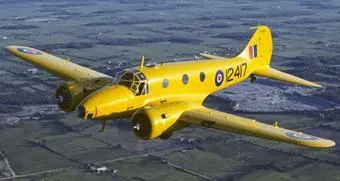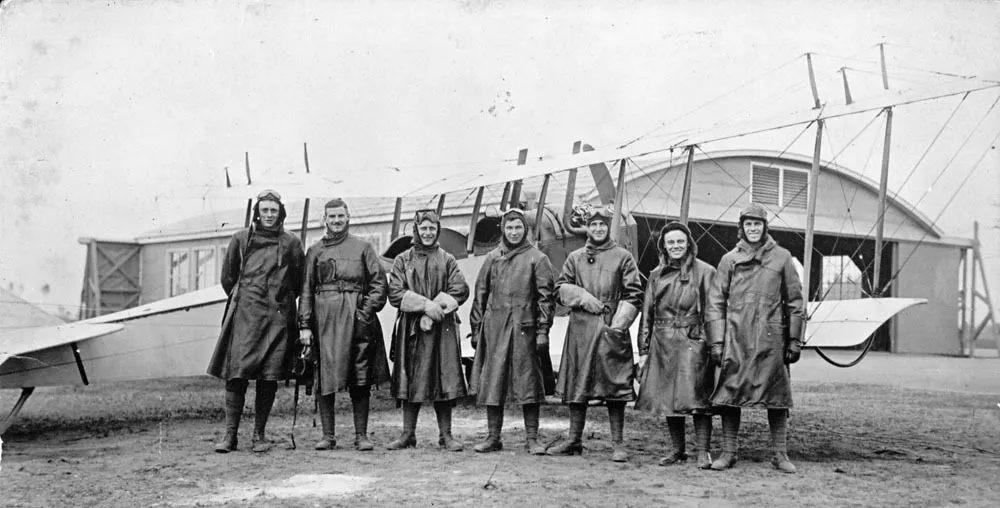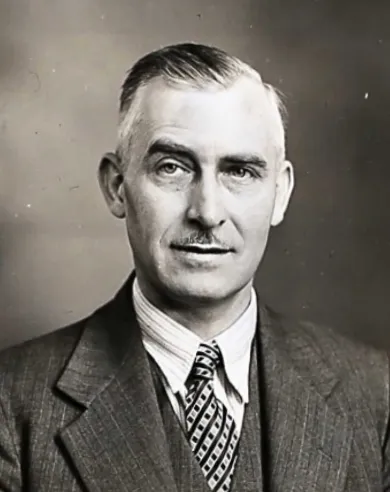Davis, Rythwyn Ivor (Sergeant)
Killed in Flying Accident 1942-October-16


Birth Date: 1918
Born:
Parents: John Owen Davies & Elizabeth G. Davies
Spouse:
Home: Morriston, Swansea, Wales (parents)
Enlistment:
Enlistment Date: unkown date
Service
RAFVR
Unit
1 SFTS- Service Flying Training School
Base
RCAF Stn. Borden, Ontario (Camp Borden)
Rank
Sergeant
Position
pilot trainee
Service Numbers
1003166
Crew or Other Personnel
Anson 7550
Anson serial: 7550

Canadian Warplane Heritage Museum
The Museum's Anson Mk. V was built by MacDonald Brothers in Winnipeg in 1944. It flew with No. 7 Photographic Wing and No. 414 Squadron in Ottawa on photo survey work until the late 1940s. In 1956, it was purchased by INCO and used for mineral surveying until 1980, when it was donated to the Museum. The exterior is painted in the yellow colour common to all BCATP trainers and is in its same wartime RCAF markings.
The Avro Anson was known by a number of nicknames including "Faithful Annie" or "Flying Greenhouse". It was the first aircraft to be flown by the Royal Canadian Air Force to have a retractable undercarriage, which was a comparative novelty in 1936. In 1940, a Canadian government owned company, Federal Aircraft Limited, was created in Montreal to manufacture the Anson for Canadian use. Nearly 3,000 Anson aircraft were produced and, in the early days of the British Commonwealth Air Training Plan (BCATP), the Anson was the standard trainer for many pilots, observers (navigators), wireless operators and bomb aimers. More than 20,000 aircrew received training on the Anson. In Canadian service, the aircraft was substantially re-designed with the substitution of North American engines and many other airframe and equipment changes. Harold Skaarup web pages
Aircraft Images
Anson 7550
Anson Mk. II 7550
Delivered to stored reserve. Issue from storage on 16 June 1942, for use by No. 1 Service Flying Training School at Camp Borden, Ontario. Still with this School when it suffered a Category A crash near Camp Borden on 16 October 1942. Struck trees during unauthorized low level flying, crashed and burned. Crash location also reported as Fox Island, which is in Lake Simcoe, about 20 miles east of Camp Borden. 3 fatalities, one officer and two NCOs. Scrapped by No. 6 Repair Depot.1942-02-09 Taken on Strength No. 1 Training Command 2019-08-20
1942-October-16 Accident: 1 Service Flying Training School Loc: Fox Island Names: Davies | Eaves | Nugent
1942-11-12 Struck off Strength Struck off, reduced to spares and produce 2019-08-20
Unit Desciption
1 SFTS (1 Service Flying Training School)
Graduates of the EFTS "learn-to-fly" program went on a Service Flying Training School (SFTS) for 16 weeks. For the first 8 weeks the trainee was part of an intermediate training squadron; for the next 6 weeks an advanced training squadron and for the final 2 weeks training was conducted at a Bombing & Gunnery School. The Service schools were military establishments run by the RCAF or the RAF.
There were two different types of Service Flying Training Schools. Trainees in the fighter pilot stream went to an SFTS like No. 14 Aylmer, where they trained in the North American Harvard or North American Yale. Trainees in the bomber, coastal or transport pilot stream went to an SFTS like No. 5 Brantford where they learned multi-engine technique in an Airspeed Oxford, Avro Anson or Cessna Crane.
Currently the site of CFB Borden. Heliport and grass strip remains. CYBN

For more Information on RCAF Station Borden see here
RCAF.info - RCAF Station Borden Ontario
RCAF.info - Relief Landing Field Edenvale Ontario

